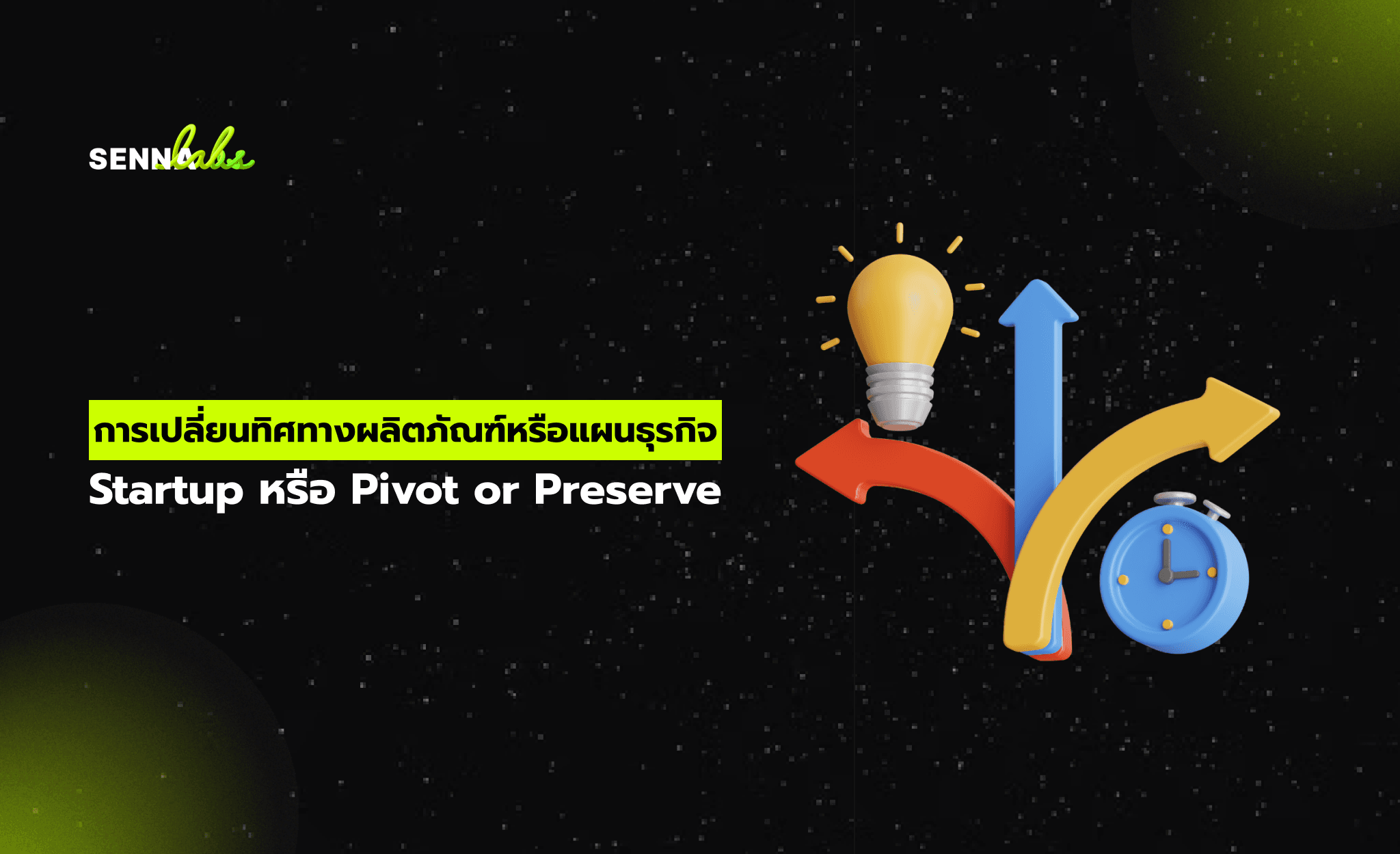Dark Mode and Accessibility: Designing for All Users
Share

Case Study: How a Social Media Platform Improved Accessibility and Increased User Retention
User experience (UX) design should prioritize accessibility, ensuring that websites and applications are usable by everyone, including individuals with visual impairments or other disabilities. One of the most effective ways to improve accessibility is through dark mode and thoughtful contrast, readability, and color choices.

This article explores why dark mode matters, how to design for visually impaired users, and best practices for accessible UI, including a case study of a social media platform that introduced dark mode and improved user retention.
What is Dark Mode?
Dark mode is a UI design option that uses a dark background with light text, reducing screen brightness and strain on the eyes. It has become a popular feature on major platforms such as Twitter, Instagram, and YouTube.
Benefits of Dark Mode
-
Reduces eye strain – Lower brightness is easier on the eyes, especially in low-light environments.
-
Improves battery life – OLED and AMOLED screens consume less power when displaying dark colors.
-
Enhances focus – Dark backgrounds can reduce glare and make content easier to read.
Why Users Prefer Dark Mode
Surveys show that more than 80 percent of users prefer dark mode options for apps and websites. Having both light and dark mode allows users to choose the experience that suits them best.
Making Websites Accessible for Visually Impaired Users
Why Accessibility Matters
Around 15 percent of the global population experiences some form of disability, with millions affected by visual impairments, color blindness, or cognitive disorders. Ensuring that a website is accessible expands the user base and improves usability for everyone.
Key Accessibility Features for Visually Impaired Users
-
High contrast modes – Ensures text remains readable against backgrounds.
-
Adjustable font sizes – Allows users to enlarge text for better readability.
-
Screen reader support – Ensures websites can be navigated using voice assistance.
-
Keyboard navigation – Enables users to navigate without a mouse.
Example: Apple’s VoiceOver and Google’s TalkBack provide spoken descriptions for visually impaired users.
Implementing Contrast, Readability, and Color Choices
Optimizing Contrast for Better Readability
Contrast is the difference between text and background colors. Poor contrast can make content difficult to read, leading to frustration and high bounce rates.
Best practices for contrast:
-
Follow WCAG (Web Content Accessibility Guidelines) for minimum contrast ratios.
-
Use dark gray instead of pure black to reduce eye strain.
-
Avoid low-contrast color combinations like light gray text on a white background.
Example: Netflix uses dark gray backgrounds instead of black, improving readability while maintaining an elegant design.
Choosing Colors for Accessibility
Not all users perceive colors the same way. Around 8 percent of men and 0.5 percent of women have some form of color blindness.
How to improve color accessibility:
-
Avoid relying on color alone to convey meaning (use text or icons as well).
-
Use tools like Color Oracle or Contrast Checker to test color visibility.
-
Provide colorblind-friendly palettes with clear distinctions.
Example: Trello uses colorblind-friendly labels to ensure all users can categorize tasks effectively.
Improving Readability with Typography
-
Use sans-serif fonts for better legibility on screens.
-
Maintain at least 16px font size for body text.
-
Avoid using italicized or decorative fonts for important content.
Example: Google’s Material Design Guidelines emphasize readability by using highly legible fonts like Roboto.
Case Study: How a Social Media Platform Improved Accessibility and Increased Retention
The Problem
A social media platform noticed that:
-
Users with visual impairments struggled with readability.
-
Many users preferred dark mode but had no option to enable it.
-
Engagement dropped at night due to screen glare.
The UX Fixes
-
Introduced a dark mode toggle for user preference.
-
Optimized text contrast for better readability in both light and dark modes.
-
Implemented high-contrast UI elements to improve visibility for colorblind users.
The Results
-
User retention increased by 20 percent.
-
Daily active users grew by 15 percent, especially during nighttime hours.
-
Positive feedback from accessibility advocates praised the improvements.
Conclusion
Designing for accessibility ensures that all users, including those with visual impairments, have a seamless experience. Implementing dark mode, contrast improvements, and better color choices makes websites more inclusive and user-friendly.
The case study demonstrates that accessibility improvements not only benefit disabled users but also enhance the overall user experience, leading to higher retention and engagement.
To create a more accessible web, designers should prioritize readability, contrast, and user control over display settings.

Share

Keep me postedto follow product news, latest in technology, solutions, and updates
Related articles
Explore all


